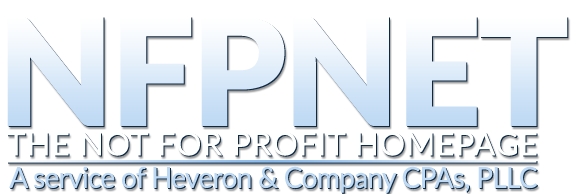Nonprofit Multistate Filing
I’ve Been Everywhere Man, but Do I Need to Register There Man?
Johnny Cash’s song “I’ve Been Everywhere” includes the lyrics
I’ve been to:
Reno, Chicago, Fargo, Minnesota,
Buffalo, Toronto, Winslow, Sarasota,
Wichita, Tulsa, Ottawa, Oklahoma,
Tampa, Panama, Mattawa, La Paloma,
Bangor, Baltimore, Salvador, Amarillo,
Tocapillo, Baranquilla, and Perdilla, I’m a killer.
Whether you need to register in other states depends on your connection with those states. Unfortunately, the states are inconsistent with their interpretation of whether you have nexus or a connection, and must register.
The most reliable guidance for registration would be the final version of the Charleston Principles (find these easily with Google).
The Charleston Principles are guidelines for and by state charities officials. . They are developed by the National Association of State Charity Officials (the Attorney General’s Charities Bureau in each of the states). The final version of their Internet fund-raising guidelines were recently released. They are only guidelines, so states are not required to comply with them and there are some varying interpretations, but they provide a great basis for understanding your responsibilities.
The guidelines say that, charities that are not domiciled within a state will need to register if they solicit contributions through an interactive website (where donors can process their payment online) and it either targets persons physically located in that state or receives contributions from the state on a repeated an ongoing basis. Additionally even if the website is not interactive, but the charity specifically invites further online activity to complete a contribution or establishes other contacts with potential donors in that state, such as by using email, they will also need to register. For example, if a charity does not specifically solicit in Pennsylvania, receives a contribution to their website and then sends follow-up solicitations by email, they will be treated as soliciting contributions in that state and will need to register unless they meet one of the exceptions to registration. The most common exceptions are based on the dollar amount of contributions received. Thresholds normally vary between $5,000 and $25,000, but again there are exceptions.
The timing of registrations also varies. In most cases registration will be required within a certain amount of time after the year-end in which you raise the stipulated amount of contributions, but in some states, registration is required in advance and in other states, registration is required within a period of time after you reach the dollar limit for registration.
The National Association of Charities Officials website http://www.nasconet.org/ has information for charity registrations. The website also confirms that they are undertaking a project to facilitate multistate registrations.
If you have questions about your responsibilities for filing or registration in other states, please contact us. We can hope you determine what your responsibilities are in each state.
